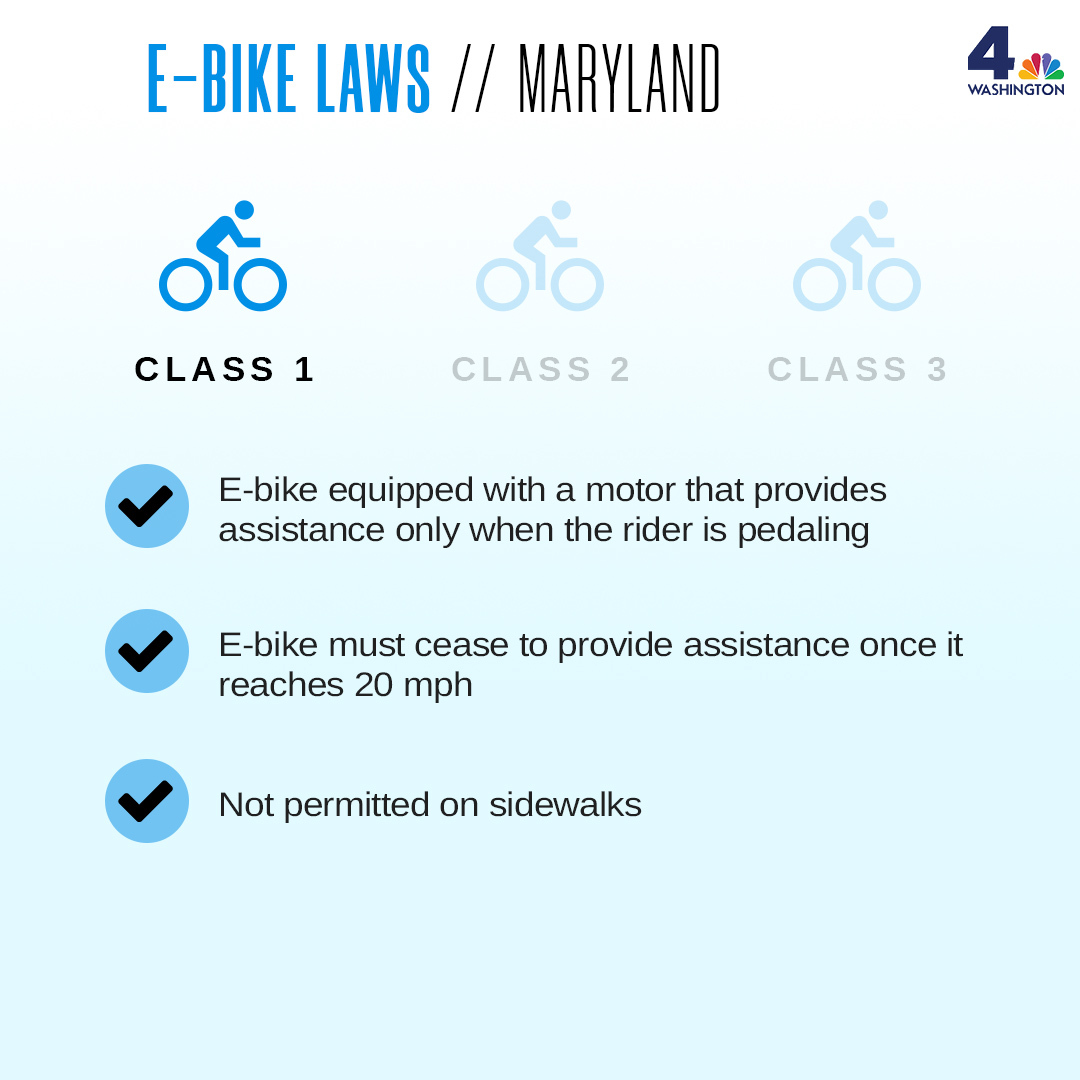Translating E-Bike Classifications: An Overview Of Their Significances
Translating E-Bike Classifications: An Overview Of Their Significances
Blog Article
Content Written By-McFarland Bjerg
If you're taking into consideration purchasing an e-bike, understanding the different courses is key in making a notified choice. You could be amazed at just how each class supplies special features that accommodate numerous riding choices and legal demands. From pedal-assist alternatives to throttle-controlled versions, each class has its benefits. So, before you choose the perfect e-bike for your demands, it's vital to understand the differences in between Class 1, Course 2, and Class 3 e-bikes.
Class 1 E-Bikes
Class 1 E-Bikes are defined as pedal-assist electrical bikes that offer help only when you pedal, ceasing to do so as soon as you reach 20 miles per hour. These bikes are perfect for those looking for a little additional increase while still wishing to get some workout. Class 1 E-Bikes offer a smooth change in between pedaling and electric help, aiding you dominate hills and fars away with ease. The electric motor kicks in as quickly as you begin pedaling, providing a natural and uncomplicated trip experience.
Among the crucial advantages of Class 1 E-Bikes is that they're allowed on a lot of bike courses and trails where standard bikes are allowed. This means you can check out new routes and enjoy the great outdoors without any limitations.
Additionally, visit the following internet page are environment-friendly and provide a lasting mode of transport, reducing your carbon footprint while still obtaining you to your destination efficiently.
Class 2 E-Bikes
Going on from the pedal-assist characteristics of Class 1 E-Bikes, Class 2 E-Bikes present a new aspect right into the electrical bike world. These e-bikes feature a spin throttle attribute, allowing you to ride without pedaling at all. With this enhancement, you have the alternative to just involve the throttle and allow the motor do the work, driving you onward easily.
Class 2 E-Bikes are suitable for bikers who may need a break from pedaling or require aid when beginning with a full stop. This attribute makes them particularly appealing for individuals with restricted mobility or those who desire a more leisurely riding experience.
Nevertheless, it is very important to note that Class 2 E-Bikes are still governed by a rate restriction of 20 mph, ensuring security and compliance with regulations.
Course 3 E-Bikes
For bikers looking for an extra vibrant electric biking experience, Class 3 E-Bikes deal improved rate and performance contrasted to their Class 1 and Class 2 counterparts. Class 3 E-Bikes are referred to as "rate pedelecs" and can reach speeds of as much as 28 miles per hour, offering a thrilling ride for those looking for an additional increase. These bikes come outfitted with a pedal-assist system that begins when you begin pedaling, making it easier to keep greater rates with much less initiative.
One crucial function of Course 3 E-Bikes is that they aren't limited to bike lanes just; they can additionally be made use of on roads where the rate limit is 30 miles per hour or reduced. This versatility enables riders to navigate via traffic much more effectively while still taking pleasure in the advantages of electrical help.
However, it's essential to bear in mind that some areas may have details policies relating to using Course 3 E-Bikes, so always inspect local laws before hitting the road.
Final thought
So, now that you comprehend the differences in between Course 1, 2, and 3 E-Bikes, you can make an informed decision on which kind ideal matches your demands. Whether you like pedal-assist, throttle attribute, or greater rates, there is an E-Bike class around for you. Bear in mind to consider your regional laws and individual choices before making your option. Happy riding!
